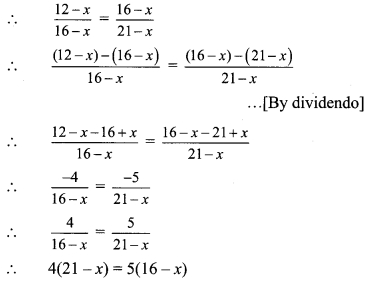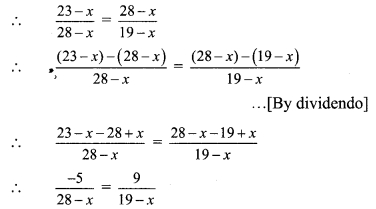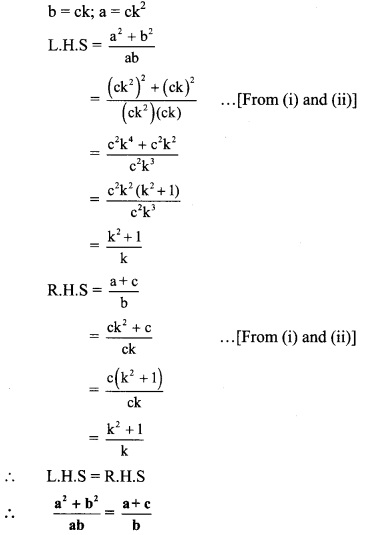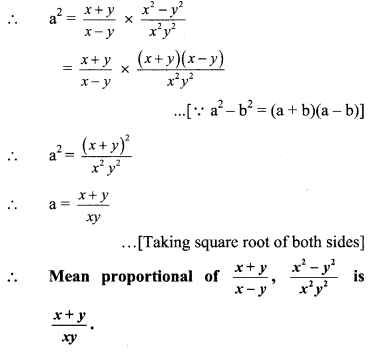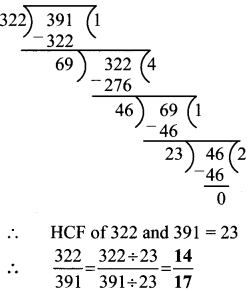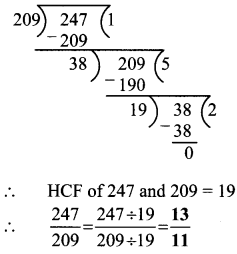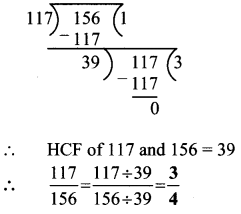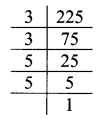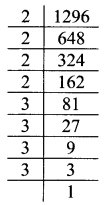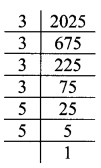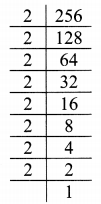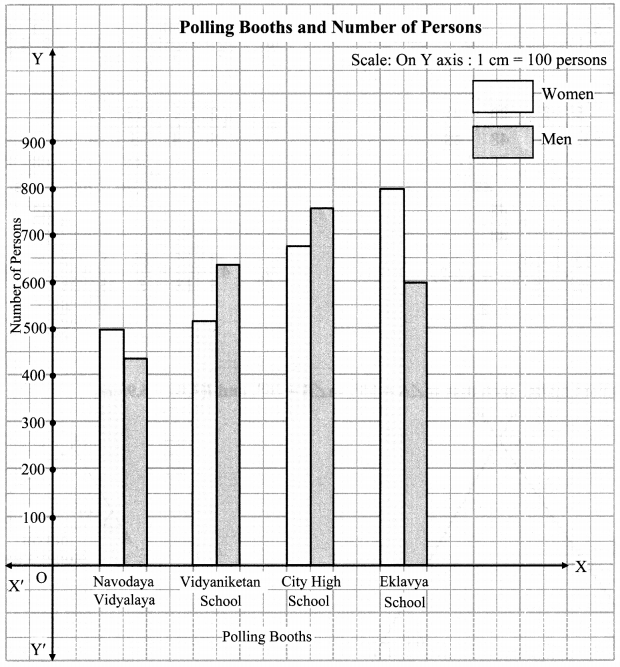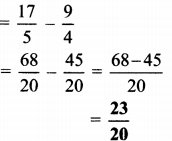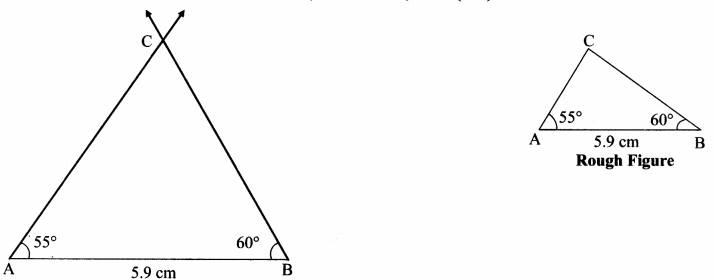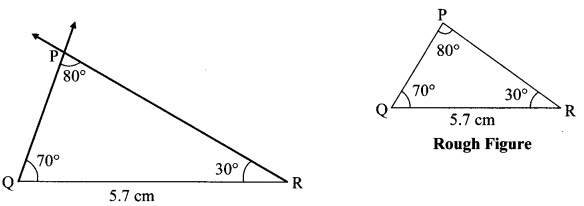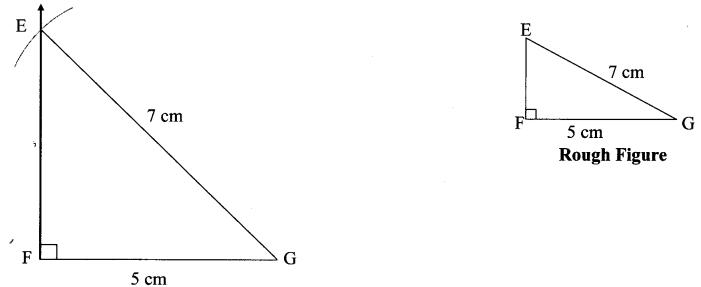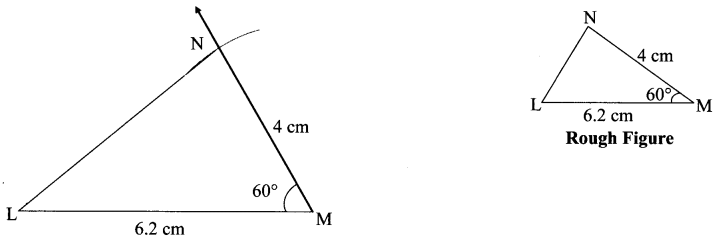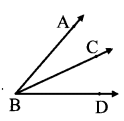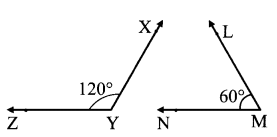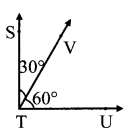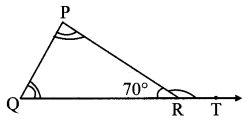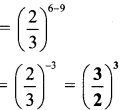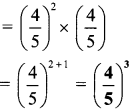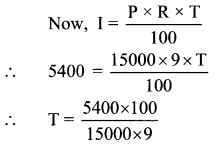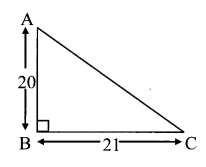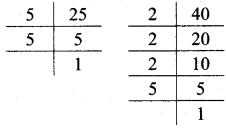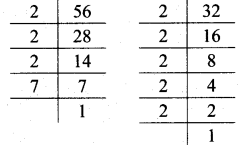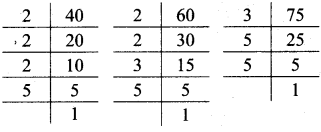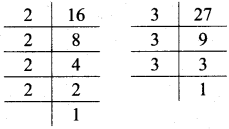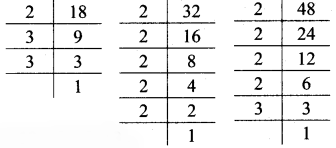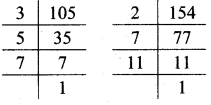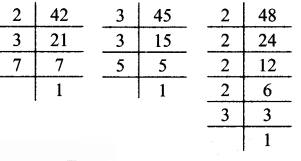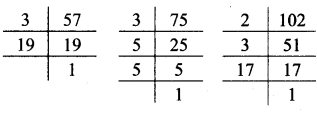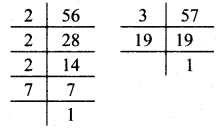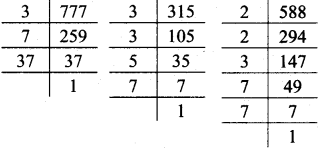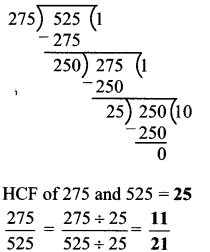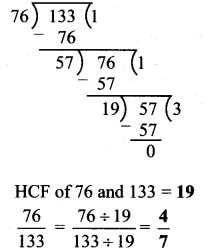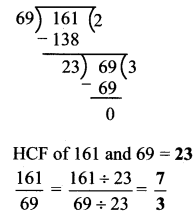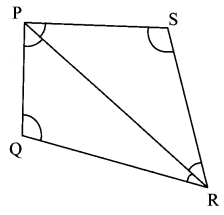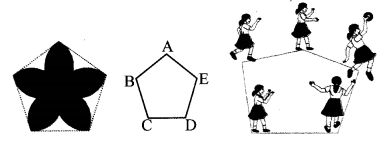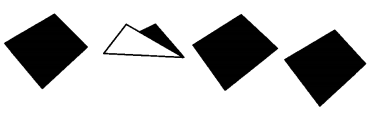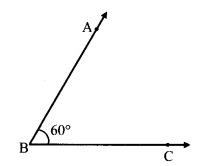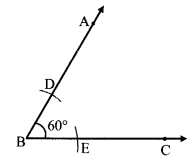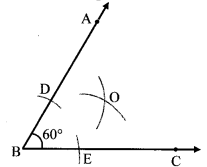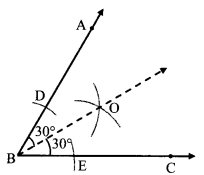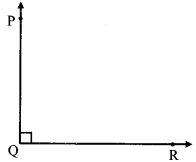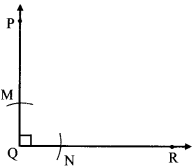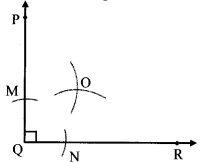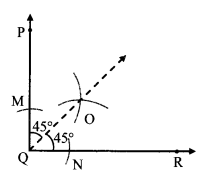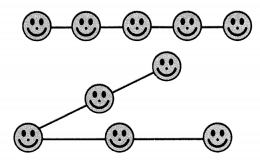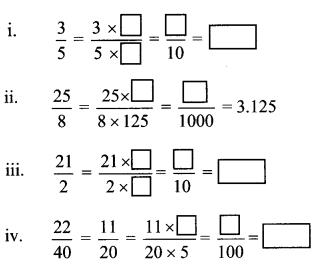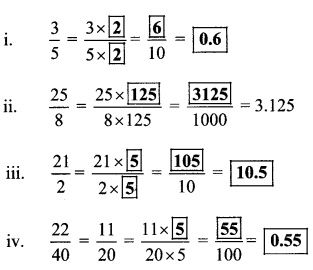Balbharti Maharashtra State Board Class 12 Geography Solutions Chapter 2 Population Part 2 Textbook Exercise Questions and Answers.
Maharashtra State Board Class 12 Geography Solutions Chapter 2 Population Part 2
1. Identify the correct co-relation
A : Assertion R : Reasoning
Question 1.
A – Increase in the dependency ratio will affect the economy.
R – Medical costs are high when there are more elderly in the population.
(a) Only A is correct.
(b) Only R is correct.
(c) Both A and R are correct and R is the correct explanation of A.
(d) Both A and R are correct but R is not the correct explanation of A.
Answer:
(d) Both A and R are correct but R is not the correct explanation of A.
Question 2.
A – In population pyramid, a broad base indicates high number of children in a country.
R – Broad apex is an indicator of high number of elderly people in a country.
(a) Only A is correct.
(b) Only R is correct.
(c) Both A and R are correct and R is the correct explanation of A.
(d) Both A and R are correct but R is not the correct explanation of A.
Answer:
(d) Both A and R are correct but R is not the correct explanation of A.
![]()
2. Write short notes on.
Question 1.
Population growth and migration.
Answer:
- When people move from one place to another place, or one city to other city or one country to another country it is called migration.
- The place from where people go out is called donor region.
- The place where people migrate is called recipient region,
- Due to migration there are changes in total population in both the regions.
- From donor region people move outside so donor area population will decrease. Generally, youngsters migrate in large number, so donor region will have less young age population, it will affect fertility rate and there will be slow growth of population.
- In recipient region migrants will be added to the total population of that region. Thus, increasing the population of the region.
- In recipient region more young age population will be added, so fertility rate will increase, and there will be more population growth.
Question 2.
Population pyramid and sex ratio.
Answer:
- The ratio between the number of male and female in the population is called sex ratio.
- Sex ratio is an indicator of status of women in the country.
- In population pyramid X-axis shows the percentage of population in a particular age group and Y-axis, which is at the centre of the graph shows age groups.
- The length of the bar shows number or percentage.
- The left side of the graph shows male population whereas, the right side of the graph shows female population.
- Thus, population pyramid indicates number of percentages of male and female population in different age groups in the country.
e.g., If we want to know the percentage of male and female in 15-59 age group, we can get it from population pyramid. - Therefore, we can study age-wise sex ratio using population pyramid.
Question 3.
Occupational structure of population.
Answer:
- In all countries working population is engaged in primary, secondary, tertiary and quaternary activities for their livelihood.
- The percentage of people engaged in these activities is called occupational structure.
- In developing counties percentage of people engaged in primary occupations is high compared to people engaged in secondary, tertiary or quaternary activities.
- In developed countries, percentage of people engaged in secondary, tertiary and quaternary activities is more compared to people engaged in primary activities.
- Trade and infrastructure are advanced. So, more people are required in secondary, tertiary and quaternary activities.
- More people engaged in secondary, tertiary and quaternary activities more the country has been developed.
- Thus, occupation structure of the country is an indicator of the level of economic development of the country.
Question 4.
Literacy rate.
Answer:
- Literacy rate shows proportion of literate people in the country. The people who can read and write are called literate people.
- Every country has different norms to decide literacy. In India, those who can read, write and do arithmetic calculations are called literate.
- Literacy in the country is essential to eradicate poverty and for social, economic and political development.
- Literacy rate in the country depends upon cost of education, standard of living, status of women in the society, availability of educational facilities and government policy etc.
- In general, literacy rate of male is more than female with few exceptions.
- Literacy rate is more than 90% in most of the developed countries of Europe, North America, Australia etc.
- Lowest literacy rate is in Sub-Saharan Africa.
3. Give geographical reasons.
Question 1.
In developed countries, percentage of population engaged in agriculture is low.
Answer:
- In developed counties there is development of industries, infrastructure and trade.
- Therefore, more people are engaged in secondary, tertiary and quaternary activities.
- These countries replace human labour with machinery. So agricultural activities can be carried out with minimum people and can make use of machinery.
- Therefore, the percentage of population engaged in agriculture is low in developed countries.
![]()
Question 2.
Literacy rate of a country is an indicator of its socio-economic development.
Answer:
- Socio-economic development of the country is measured by people’s standard of living, social status of female in society, educational facilities in the country and government policies.
- Higher the literacy rate of women, the more women are educated and employed.
- If the literacy rate is high people are educated, employed and well settled. Owing to which the standard of living becomes high.
- If government policies are favourable for education, educational institutes are more developed, more people become educated and employed. This leads to higher standard of living.
- Thus, literacy rate of countries is an indicator of its socio-economic development.
Question 3.
Demographic dividend increases when proportion of working population increases.
Answer:
- The productivity of the country depends upon working and non-working population in the country.
- If more people are working and fewer people are non-working, then resources are invested in other areas, so there is a boost to the country’s economic development.
- Due to boost in economy per capita income increases.
- Thus, there is economic benefit to the country which is dividend and it benefits all in the country.
Question 4.
Migration is not always permanent.
Answer:
- When migrated person never returns to his original place it is called permanent migration.
- In most of the cases migration is seasonal, may be to work as labourer in farm during a particular season or migration of tribal people in search of fodder. This is short term migration.
- In case of migration for jobs to city areas or to other countries, people work in migrated areas but visit their original places once or twice in a year. This is long term migration.
- Thus, in most of the cases migration may be short term or long term and not permanent.
4. Differentiate between.
Question 1.
Donor region and Recipient region
Answer:
| Donor Region | Recipient region |
| (i) Donor region is the region from where people migrate to other areas. | (i) Recipient region is the region, where migration takes place or region where people go. |
| (ii) In donor region due to reduction in local population there is less utilisation of public facilities like transport, water supply, education, recreation etc. | (ii) In recipient region due to increase in population there is more pressure on public facilities like transport, water supply, education, recreation etc. |
| (iii) The expenditure on the public facilities is not utilised fully. | (iii) The public facilities are not sufficient for increasing population. |
| (iv) From donor region mostly young men migrate to other areas in search of jobs, business or education. | (iv) More young men are added to population for job opportunities or business or education. |
| (v) There are changes in age and sex ratio, there are more women, children and old age population than young age people. | (v) There are changes in age and sex ratio. There are more male than female and more young age population. |
| (vi) There is more non-working or dependent population, it has adverse effect on economy of that area. | (vi) There is more working age population, with innovative ideas, concepts, etc., which helps technological and economic development of the region. |
Question 2.
Expansive pyramid and Constructive pyramid
Answer:
| Expansive pyramid | Constrictive pyramid |
| (i) Expansive pyramid is very broad at the base and becomes narrow at the apex. | (i) Constrictive pyramid is narrow at the base and broader at the apex. |
| (ii) It shows that there is higher percentage of young people but lower percentage of old age people in the country. | (ii) It shows that there is high percentage of old age people and lower percentage of young age people in the country. |
| (iii) It indicates high birth rate making the base broad and high death rate making the apex narrow. | (iii) It indicates low birth rate making the base narrow and low death rate making the apex broad. |
5. Answer the following questions in detail.
Question 1.
Outline the importance of population pyramids in the study of populations.
Answer:
1. To study population of any country people use population pyramid.
2. With the help of population pyramid, age-wise and gender-wise population of the country can be studied.
3. Age structure and sex ratio are important aspects of population of the country.
4. In population pyramid, percentage of population in age groups are shown on the X-axis. Whereas markings of age groups are shown on the Y-axis.
5. The right side of the pyramid shows female population and left side shows male population.
6. As the age groups are on Y-axis, the base of pyramid indicates young age population, and apex of pyramid indicates old age population and middle portion of pyramid indicated adult population.
7. When old age population is more, it leads to more non-working population and there is increased expenditure on medical and health facilities.
8. When younger age population is more, it also leads to more non-working and dependent population. This causes a burden on the economy.
9. When adult age population is more, then working population is more. This helps the development of the country.
10. The population pyramid makes us understand age-wise and sex-wise population as per following:
- Broader the base, more young age population.
- Narrower the base less young age population.
- Broader the apex, more old age population.
- Narrower the apex, less old age population.
- Left and right side of pyramid shows male and female population in the country.
11. There are three types of population pyramids which depicts the birth rate and death rate.
- Expansive pyramid- It has abroad base and narrow apex. It shows high birth rate and high death rate.
- Constrictive pyramid- It has narrow base and broad apex. It shows low birth rate and low death rate.
- Stationary pyramid- Here all age groups have same percentage. It shows very low birth rate and very low death rate, that means slow growth of population in the country.
![]()
Question 2.
Explain the rural and urban population structure.
Answer:
- The area where more people are engaged in primary activities is called rural area and the people living in rural areas are called rural population.
- The area where more people are engaged in secondary and tertiary activities is called urban area and people living in urban area are called urban population.
- There is a difference in density of population, age structure, sex ratio occupation structure standard of living, lifestyle of people, sources of income, literacy rate etc.
- There is major difference in level of economic development in rural and urban areas.
- There is more use of modern technology in urban areas compared to rural areas. Therefore, development in all fields is very fast.
- Due to more development of industries and infrastructure in urban areas there is an increase in the transportation and trade as compared to rural areas.
- The criteria to differentiate rural and urban population varies from one country to other country.
Question 3.
Examine the impact of migration on the population structure of a country.
Answer:
- In migration people move from one place to another place for different reasons.
- The place from where people migrate outside is called donor region.
- The place where people migrate to is called recipient region,
- Due to migration of people there are changes in age structure and sex ratio in both the regions.
- In donor region due to migration of young male population there is disturbance in the age structure.
- More females remain in donor area. So, donor area has high sex ratio. In India there is high sex ratio in rural areas due to migration of people from rural to urban areas.
- In donor region there are changes in age structure as well.
- More old age people and children remain in donor region which is non-working/ non-productive population.
- There is shortage of working population.
- In recipient region male population increases due to migration of male into region.
- As a result, sex ratio in recipient region goes down. In many big cities of India sex ratio is less than 85% or 90%.
- In recipient region the percentage of working populatioh increases.
- There is more working population than non-working population, which helps in economic development of the region.
Class 12 Geography Chapter 2 Population Part 2 Intext Questions and Answers
Try this.
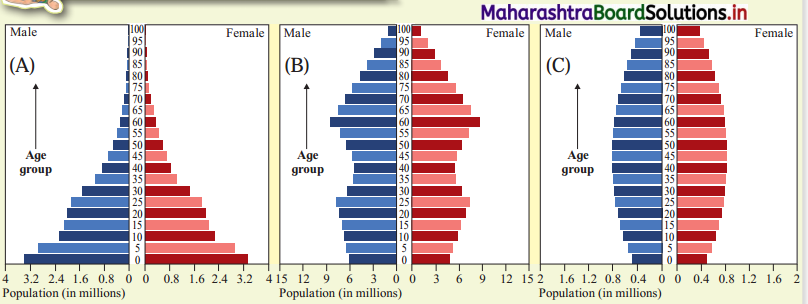
Question 1.
In the above figure A, B, C are three population pyramids. Study their shapes and answer the following questions. (Textbook Page No. 12)
(i) In which pyramid(s) the number of children will be the least?
(ii) In which pyramid(s) the number of old people will be the least?
(iii) Which pyramid(s) represents a ‘young country’?
(iv) Which pyramid(s) represents a country with high medical expenditure?
(v) Which pyramid(s) represents a country with large manpower?
(vi) Which pyramid(s) represents developing and developed counties respectively?
Answer:
(i) – C
(ii) – A
(iii) – A
(iv) – C
(v) – B
(vi) – A/B/C
![]()
Question 2.
Answer the questions after studying table carefully. (Textbook Page No. 14 and 15)
| Country | Retirement Age reforms being implemented or under consideration (in years) |
| Germany | Retirement age to increase gradually to 66 by 2023 and to 67 by 2029 |
| United States of America | Retirement age to rise gradually to reach 67 for those born in 1960 or later |
| United Kingdom | Retirement age to increase for both men and women to 66 by October 2020 and further to 67 between 2026-28 |
| Australia | Retirement age scheduled to increase gradually to 67 by 2023 |
| China | By 2045, to increase retirement age for both men and women to 65 |
| Japan | Under consideration to raise the retirement age to 70 |
| India | On an average, 60 years. May vary from 55 years to 65 years according to services |
(i) What does the table show?
(ii) Classify these countries into developed and developing.
(iii) What could be the reason behind increasing the retirement age in these countries?
(iv) What will be the impact of increase in the retirement age on the economy of the respective countries?
(v) Why is China considering increasing the age later in 2045?
(vi) Considering these examples from developed countries, will it be good for India to increase its retirement age? Express your views.
(vii) Write a concluding statement about the relationship between age structure, life expectancy and economy of a country.
Answer:
(i) The table shows country wise retirement age reforms implemented or under consideration (in years).
(ii) Germany, United States of America, Australia and Japan are the developed countries and China and India are the developing countries.
(iii) Many countries have considered or considering the increase in retirement age because increase in ageing population increases pressure on pension funding, retirement provisions and medical facilities.
(iv) Due to increase in retirement age and life expectancy people can work for many years. This will reduce pressure on pension funding, retirement provisions and expenses on medical facilities.
(v) China is considering increasing the age of retirement later in 2045 because the proportion of children and young adult population is going to decrease in the age structure of the country.
(vi) From economic point of view, it is yes. India should increase retirement age because in India too expectancy of life in higher age groups is increasing. If we increase retirement age it will reduce pressure on pension fund and medical facilities.
But from the socio-economic point of view, it is not advisable to increase retirement age because the rate at which population in working age group is increasing, job opportunities are not increasing. If you increase retirement age, unemployment in working age population will increase. This will lead to many socio-economic problems.
(vii) A country in which large percentage of population is in working age group and the life, expectancy is high, large human force will be available for the economic development. However, if large percentage population is found in younger age group and elderly age group, dependency ratio will be high and the country will have slow economic development.
Question 3.
You have already made a list of the reasons why migration occurs. Add more reasons to it. Discuss and classify these reasons into pull and push factors and complete the figure. (Textbook Page No. 19)
Answer:
| Push factor (Donor Region) | Pull factor (Recipient Region) |
| (1) Lack of employment | (1) Chances of unemployment |
| (2) Natural calamities | (2) Increase in number of refugees |
| (3) Lack of education, health and entertainment facilities | (3) Pressure on educational, medical and entertainment facilities |
Question 4.
Complete the following table which shows impact of migration on the population. (Textbook Page No. 20)
| Type of migration | Positive effects | Negative effects |
| Internal migration | Employment is available to migrants. Improves their financial status. | Resources are affected. Sometimes, they might be sent back to their original country. |
| Rural to urban migration | – | – |
| Urban to rural migration | – | – |
| Rural to rural | – | – |
| Seasonal / Temporary | – | – |
Answer:
| Type of migration | Positive effects | Negative effects |
| Internal migration | Employment is available to migrants. Improves their financial status. | Resources are affected. Sometimes, they might be sent back to their original country. |
| Rural to urban migration | Cheap labour is available | Pressure on civic amenities, housing problems |
| Urban to rural migration | Migrants enjoy better environment | Difficult to adjust with limited resources |
| Rural to rural | Improvement in financial conditions | Clashes between locals and migrants |
| Seasonal / Temporary | Temporary increase in
economic activities. |
Temporary pressure on civic amenities & housing problem. |
Give it a try.
Question 1.
On the basis of the survey done in practical 1, draw a population pyramid for the people in 15 households. Write your conclusions after studying the structure of the population. (Textbook Page No. 13)
Answer:
[Students have to attempt this question on their own.]
![]()
Question 2.
Study the below table carefully and answer the following questions. (Textbook Page No. 16)

(i) What does the table show?
(ii) Which sector has the highest occupation? In which year?
(iii) Which sector has the lowest occupation? In which year?
(iv) In which sector is the working population occupation decreasing?
(v) In which sector is the working population increasing?
(vi) Draw a suitable diagram for statistical information showing A, B and C columns from 1901 to 2011.
(vii) Compare the data. Write a concluding paragraph on the graph.
Answer:
(i) The table shows occupational structure of India.
(ii) The primary sector has the highest occupation. It is 72.7 percent in 1951.
(iii) Secondary sector has the lowest occupation. It is 10.00 percent in 1951.
(iv) In the primary sector the working population occupation is decreasing.
(v) In the secondary and tertiary sector, the working population is increasing.
(vi ) Divided Horizontal Percentage Bar Graph
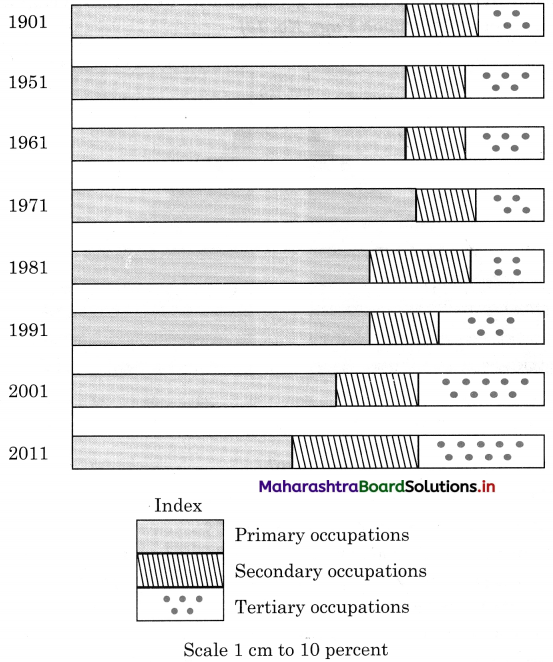
(vii) After studying the occupational structure of India from 1901 to 2011 the following trend is observed:
- There is a continuous fall in the number of persons engaged in primary activities; from 71.9% to 48.96%.
- There is 50% fall (from 50.6% to 26.4%) in the number of persons working as cultivators.
- Even percentage of people engaged in livestock activity, forestry and fishing occupations have gone down by 4 times.
- When it comes to the secondary and tertiary occupations, the number of people working in these activities are increasing continuously. Their number has become almost double.
- The number of people engaged in trade and commerce has become double and there is a four time rise in number of people working in transport and communication.
- In case of other occupations there is a small rise.
Can you tell?
Question 1.
The population pyramid of India is given below. Read the pyramid and answer the following questions. (Textbook Page No. 13)
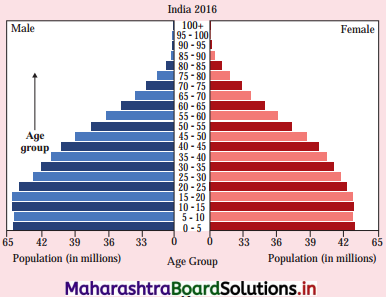
(i) Which pyramid type does India belong to?
(ii) Comment upon the age structure of its population.
Answer:
(i) The pyramid of India belongs to expansive A type.
(ii) The shape of the India’s population pyramid has a broad base and narrowing apex. This indicates the population below the age 0-15 years is very large and population in the age above 60 years is very small.
- Due to large number of children dependency ratio is very high.
- The narrow apex indicates more people die at the higher age group.
- This also indicates high birth rates and high death rates.
![]()
Question 2.
Read the following table and answer the questions that follow: (Textbook Page No. 14)
| Decade | Ratio of working / non-working population | Percentage of working population |
| 2001 – 10 | 1.33 : 1 | 57.1 |
| 2011 – 20 | 1.53 : 1 | 60.5 |
| 2021 – 30 (projected) | 1.81 : 1 | 64.4 |
| 2031 – 40 (projected) | 1.72 : 1 | 63.2 |
(i) What does the table show?
(ii) What is the relationship between second and third column?
(iii) How will this relationship affect the economy of India?
(iv) What will happen if the ratio decreases over the years?
Answer:
(i) The table shows India’s Demographic Dividend from 2001 to 2004
It contains data of ratio of working population to non-working population and percentage of working population.
(ii) 1. Both columns represent the working, non-working or dependent population in India during each decade.
2. Second column represents this information in the form of ratio of working population to non-working population.
3. Third column represents the same information about working and non-working population in the form of percentage.
4. The relationship between second and third column is very clear as the percentage of working population increases, we find increase in ratio in the second column.
(iii) 1. An economy of any country depends upon the working population, as working population
helps in generation of wealth through various economic activities.
2. When the ratio of working population to non-working population is higher, it helps in increasing economic position of the people, their standard of living and hence this economic benefit percolates in the society by the purchase of goods and services.
3. As per this table, next decade 2021-2030 is the most favorite for the economy of India as both ratio and percentage of working population will be highest in this decade.
(iv) 1. Decrease n the ratio indicates that the non-working population or dependent population is increasing as compared the working population.
2. This is likely to happen when the expectancy of life increases due to improvement in medical facilities, better living conditions.
3. Therefore, more money is required for non-working or dependant population. This may increase financial burden on the economy.
4. We will have to divert more money for non-working population, which would have been useful for other development projects/activities.
![]()
Question 3.
Read the following graph and answer the following questions (Textbook Page No. 16)
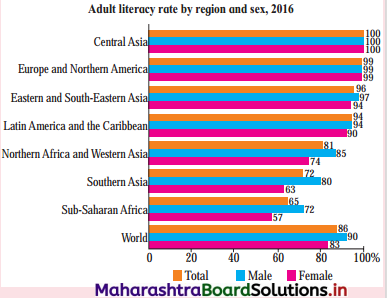
(i) Which region has the highest literacy rate?
(ii) Which region has the lowest literacy rate?
(iii) In which region does women fare better than men in literacy rate?
(iv) Write a concluding paragraph about the graph.
Answer:
(i) Central Asia region has the highest literacy rate.
(ii) Sub-Saharan Africa region has the lowest literacy rate.
(iii) In no region does women fare better than men because in all the regions the graph shows literacy rate of men is higher than women.
(iv) The graph shows the percentage of literate male and female and total literacy rate of seven regions and the world. In all seven regions the highest literacy rate of both male and female is recorded in Central Asian region, whereas the lowest literacy rate of male and female is recorded in Sub-Saharan Africa.
In all seven regions and world too, male literacy rate is higher than female literacy rate.
Question 4.
On the basis of which other characteristics can you explain the composition of population. Make a list. (Textbook Page No. 17)
Answer:
We can divide population on the basis of many other characteristics as per following.
- Cast composition
- Religious composition
- Linguistic composition
- Martial status
- Racial & ethnic composition.
Find out.
Question 1.
Find out India’s sex ratio as per Census 2011. (Textbook Page No. 14)
Answer:
Sex ratio in India as per census 2011 is 943 females per 1000 males.
![]()
Question 2.
Find out the minimum age taken into consideration for calculating literacy. (Textbook Page No. 16)
Answer:
- Brazil – 15
- USA – 15
- Germany – 15
Use your brain power!
Question 1.
If you travel to a place for a few days with your family, will it be considered migration?
Answer:
It will be temporary type of migration or migration for pleasure. For example, people go to Kashmir for 10/15 days.
Read the events (Textbook Page No. 17 and 18) and answer the questions that follow:
Question 1.
What similarities do you find in these events?
Answer:
The similarities in these events are that all are migrated from their original place because of physical, economic, social or political reasons. They have left their place and have migrated to other areas as per their requirements.
Question 2.
Is there a change in the location in these events? Why?
Answer:
- Yes, there is change in the location. Change is because of their personal reasons.
- Ram, Prasad and Ritika migrated for jobs.
- Sahmat migrated because of war situation at his original place.
- Babanrao migrated because of drought situation at his original place.
- Ritesh migrated for higher education.
- Latika migrated after marriage.
Question 3.
Arrange these six events according to the difference in the relative distance between the new and old location.
Answer:
| New location | Old location | Person migrated |
| USA | Pune | Ritika |
| Mumbai | North Indian town | Ramprasad |
| Sholapur | Satara | Latika |
| Nashik | Pimpalwadi | Ritesh |
Relative distance travelled by Sahmat and Babanrao is very vague and therefore it is not included in the above table.
Question 4.
Make a list of reasons for leaving the original location.
Answer:
| Reasons for leaving place | Name of person who left |
| Economic | Ramprasad and Ritika |
| Political | Sahmat |
| Physical | Babanrao |
| Social | Ritesh and Latika |
![]()
Question 5.
Classify the reasons into willing and reluctant migration.
Answer:
| Willing | Reluctant | Person migrated |
| Economic | – | Ramprasad, Ritika |
| – | Political | Sahmat |
| – | Physical | Babanrao |
| Social | – | Ritesh, Latika |
Question 6.
Make a list of reasons behind migration besides the one given here.
Answer:
The following is the additional list of reasons for migrations. People migrate for
- Higher education
- Medical services
- Riots
- Partition of a country
- Pleasure
- Tourism.
